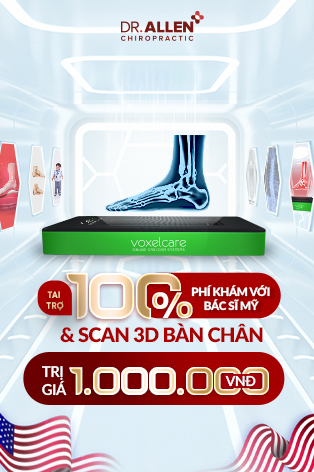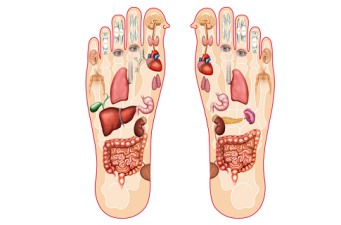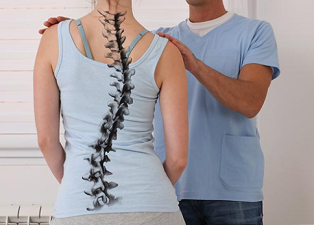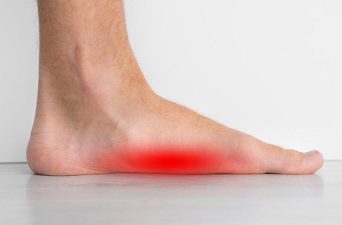Scoliosis, a spinal condition characterized by an abnormal lateral curvature of the spine, presents a myriad of symptoms that can vary greatly from one individual to another. It is a condition that can affect people of all ages, including children and adults. Understanding the various symptoms and recognizing them early on can pave the way for timely intervention and management. In this blog post, we explore the symptoms of scoliosis, emphasizing early signs and specific manifestations in adults.
Identifying Early Symptoms of Scoliosis
In Children
Early recognition is crucial in managing scoliosis effectively. In children, early signs of scoliosis can include uneven shoulders, a prominent shoulder blade, or a leaning body posture. Monitoring for any visible abnormalities in the spine’s alignment can aid in early detection.
In Adults
Adults can experience different early signs compared to children. These signs might include chronic back pain, fatigue, or noticeable changes in posture over time.
A Closer Look at Adult Scoliosis Symptoms
Adult scoliosis may manifest later in life or be a progression of a childhood condition. The symptoms often include:
- Chronic back pain: A common symptom that might be accompanied by stiffness.
- Postural changes: Including uneven shoulders and hips.
- Reduced range of motion: Adults might find difficulty in performing tasks that involve spinal mobility.
Regional Manifestations of Scoliosis
Understanding the regional manifestations based on the location of the curvature can provide a deeper insight into the condition.
Cervical Scoliosis Symptoms
Cervical scoliosis affects the neck region and can present symptoms such as:
- Neck pain and stiffness: Often exacerbated by prolonged activity.
- Head tilt: A noticeable tilt of the head which isn’t aligned with the hips.
Thoracic Scoliosis Symptoms
When scoliosis affects the thoracic region, it might entail:
- Respiratory issues: Due to the involvement of the ribcage, there might be respiratory difficulties in severe cases.
- Back pain: Particularly centered around the upper back region.
Scoliosis and Neurological Symptoms
In some cases, scoliosis can impinge on the nervous system, presenting neurological symptoms such as:
- Numbness: Patients might experience numbness or tingling in the limbs.
- Weakness: A progressive weakness in the muscles might be noticeable.
- Coordination issues: Scoliosis can sometimes affect the individual’s ability to coordinate movements properly.
Conclusion
Identifying the symptoms of scoliosis forms the cornerstone of early intervention and effective management. While early signs can sometimes be subtle, being vigilant about any noticeable changes in posture, experiencing unexplained pain, or recognizing any neurological symptoms can be vital. If you or a loved one are experiencing symptoms indicative of scoliosis, seeking medical advice should be a priority. Remember, early detection can play a pivotal role in devising a management plan that ensures a better quality of life and reduced complications in the long run.










